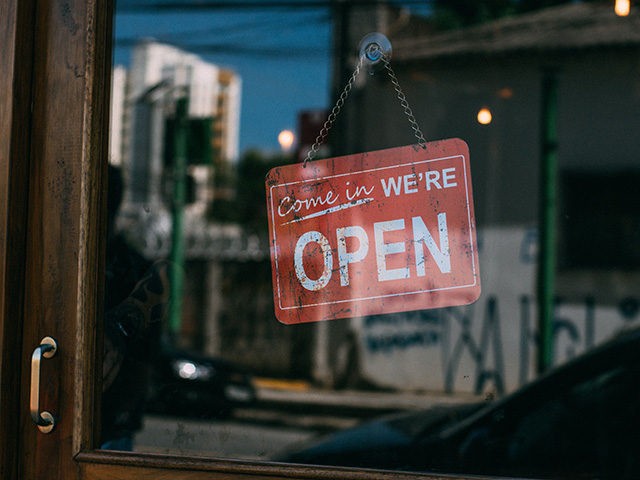The Retail Industry Leaders Association (RILA) and the National Retail Federation (NRF), trade associations representing major players in the retail industry like Walmart Inc. and Target Corp., crafted a blueprint outlining a uniform, three-phased approach to reopen stores across the country, which they plan to send to governors on Monday.
The groups believe that retailers should be on the same page, abiding by the same health standards as they reopen stores, and are encouraging a blueprint that “puts in place uniform statewide rules of operations” in accordance with Centers for Disease Control and Prevention (CDC) guidelines.
The proposed blueprint is presented in three phases, the first of which allows E-commerce, contactless curbside pickup, and in-home delivery:
Retailers have established and implemented safety protocols to allow contactless pickup and in-home deliveries. In these operations, a limited number of employees are allowed in stores that are closed to the public to fulfill online orders and deliver purchases to customers who drive or walk up, observing appropriate social distancing. Restaurants have been permitted in most jurisdictions to maintain limited operations by utilizing contactless pickup and delivery. We believe these operations should be expanded to include retailers immediately across all states and jurisdictions, provided that retailers are following the established practices of social distancing, hygiene, and sanitization guidelines outlined below.
The second phase allows stores to fully reopen to the public while adhering to stringent social distancing guidelines and sanitization methods.
The groups provided a list of recommended protocols for each party involved in the various phases of reopening. Employees, for instance, should stay six feet apart “whenever practical,” refrain from gathering in meetings larger than 10 during work hours, restrict their interaction with outside visitors or truck drivers, and avoid unnecessary person to person contact.
When retailers reach phase two, allowing in-person business, stores must limit occupancy depending on the state’s public health experience and social distancing policies:
To support smaller retail businesses, who may lack staff necessary to closely monitor customer flow, we recommend reducing store occupancy to no more than 50%, and no less than 20%, of the stated maximum store capacity according to the National Fire Code. Alternatively, thresholds of no more than 5 customers per 1,000 square feet of total store square footage excluding employees, may also be appropriate. States that have already established similar occupancy limits should continue with standards already in place.
The groups also encourage the establishment of hours of operation exclusively for high risk individuals and stress the importance of increased sanitization strategies. Those include the sanitization of “high-touch” areas, like PIN pads and fitting rooms, and the development of a “deep cleaning response plan” in the event that an employee falls ill and tests positive for the coronavirus.
The third phase involves lifting all restrictions but largely leaving enhanced sanitization practices in tact. Retailers stress that state governments should rely on the CDC and state health departments to determine the safest time to take that step:
During this final phase, retailers will have discretion to remove COVID-related operational protocols except for those related to enhanced sanitization and screening practices. The proposed retail health and safety protocols are designed to maintain sanitization while returning operations to the new normal. Consistent with health expert guidance, we urge governors to suspend or relax all social distancing requirements at this time.
“The governors have a difficult decision ahead of them. We want to demonstrate to them that when they decide to restart the economy in their states that retailers are prepared,” RILA president Brian Dodge said, according to Bloomberg.
The letter comes as governors across the country begin to craft plans to reopen their states.

COMMENTS
Please let us know if you're having issues with commenting.